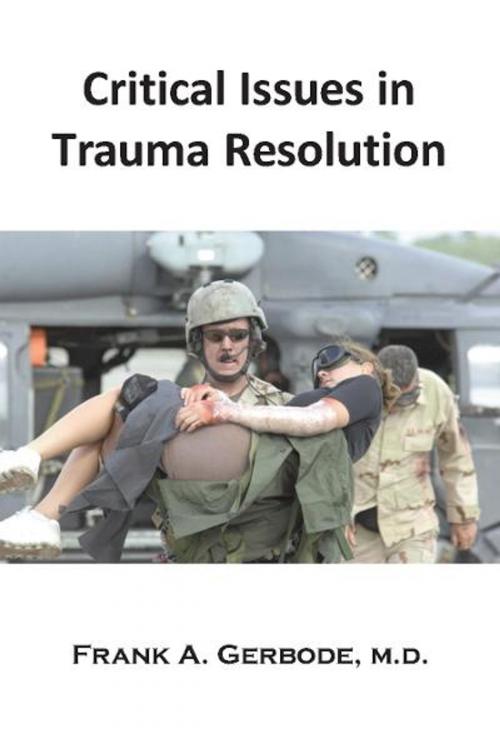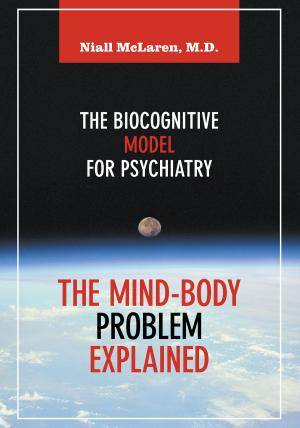Critical Issues in Trauma Resolution
The Traumatic Incident Network
Nonfiction, Health & Well Being, Psychology, Counselling, Mental Illness| Author: | Frank A. Gerbode | ISBN: | 9781615990931 |
| Publisher: | Loving Healing Press | Publication: | March 1, 2011 |
| Imprint: | Language: | English |
| Author: | Frank A. Gerbode |
| ISBN: | 9781615990931 |
| Publisher: | Loving Healing Press |
| Publication: | March 1, 2011 |
| Imprint: | |
| Language: | English |
Most common approaches to post-traumatic stress reduction fall into two categories: coping techniques and cathartic techniques. Some therapists give their clients specific in vivo (literally "in life") methods for counteracting or coping with the symptoms of PTSD--tools to permit their clients to learn to adapt to, to learn to live with, their PTSD condition. Others encourage their clients to release their feelings, to have a catharsis. The idea is that past traumas generate a certain amount of negative energy or "emotional charge", and the therapist's task is to work with the client to release this charge so that it does not manifest itself as aberrant behavior, negative feelings and attitudes, or psychosomatic conditions.
Coping methods and cathartic techniques may help a person to feel better temporarily, but they don't resolve trauma so that it can no longer exert a negative effect on the client. Clients feel better temporarily after coping or having a catharsis, but the basic charge remains in place, and shortly thereafter they need more therapy.
The Need for Anamnesis (recovery of repressed memories)
Traumatic Incident Reduction (TIR) operates on the principle that a permanent resolution of a case requires anamnesis (recovery of repressed memories), rather than mere catharsis or coping. To understand why clients have to achieve an anamnesis in order to resolve past trauma, we must take a person-centered viewpoint, i.e., the client's viewpoint and, from that viewpoint, explain what makes trauma traumatic. For more information please visit www.TIR.org
Most common approaches to post-traumatic stress reduction fall into two categories: coping techniques and cathartic techniques. Some therapists give their clients specific in vivo (literally "in life") methods for counteracting or coping with the symptoms of PTSD--tools to permit their clients to learn to adapt to, to learn to live with, their PTSD condition. Others encourage their clients to release their feelings, to have a catharsis. The idea is that past traumas generate a certain amount of negative energy or "emotional charge", and the therapist's task is to work with the client to release this charge so that it does not manifest itself as aberrant behavior, negative feelings and attitudes, or psychosomatic conditions.
Coping methods and cathartic techniques may help a person to feel better temporarily, but they don't resolve trauma so that it can no longer exert a negative effect on the client. Clients feel better temporarily after coping or having a catharsis, but the basic charge remains in place, and shortly thereafter they need more therapy.
The Need for Anamnesis (recovery of repressed memories)
Traumatic Incident Reduction (TIR) operates on the principle that a permanent resolution of a case requires anamnesis (recovery of repressed memories), rather than mere catharsis or coping. To understand why clients have to achieve an anamnesis in order to resolve past trauma, we must take a person-centered viewpoint, i.e., the client's viewpoint and, from that viewpoint, explain what makes trauma traumatic. For more information please visit www.TIR.org















